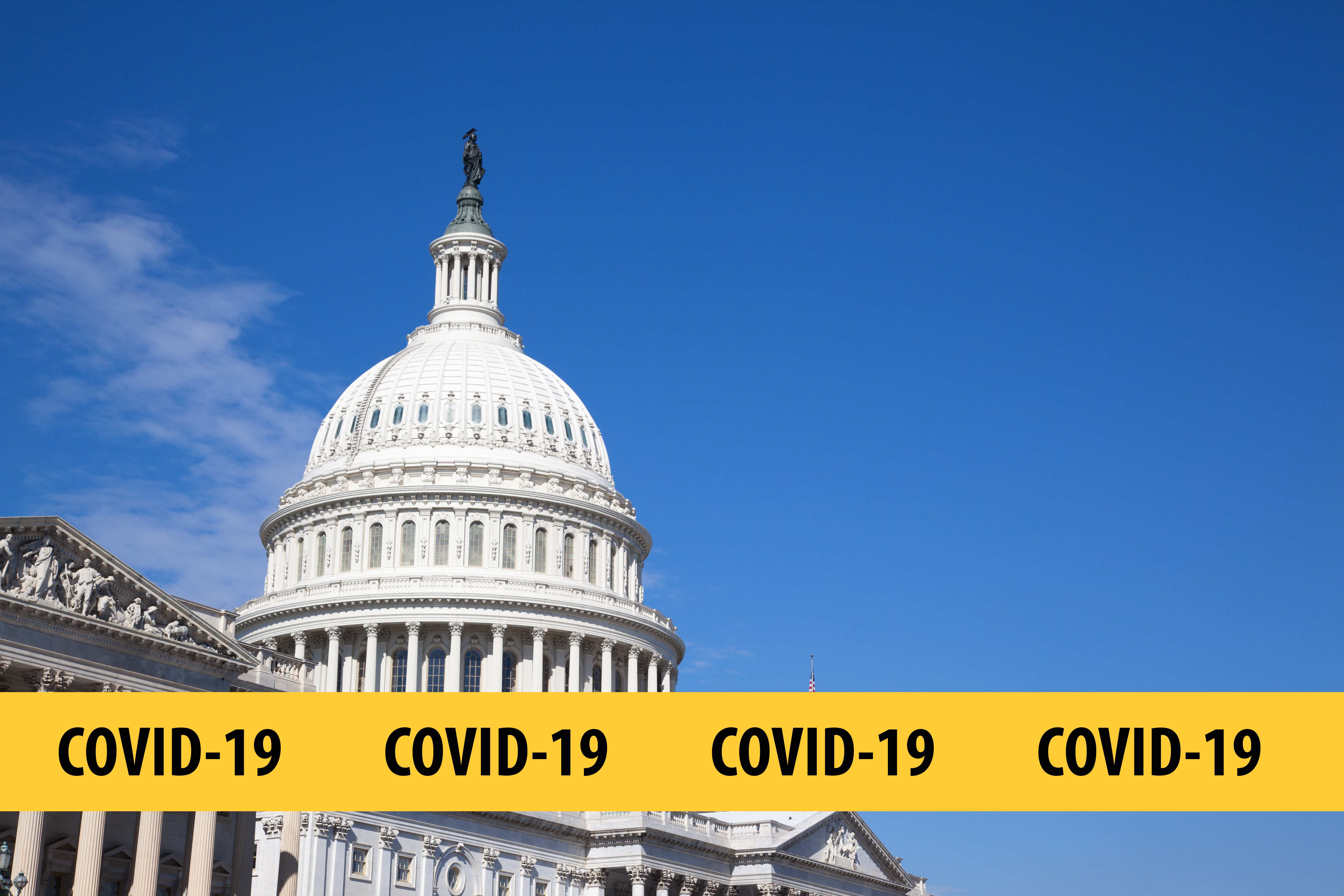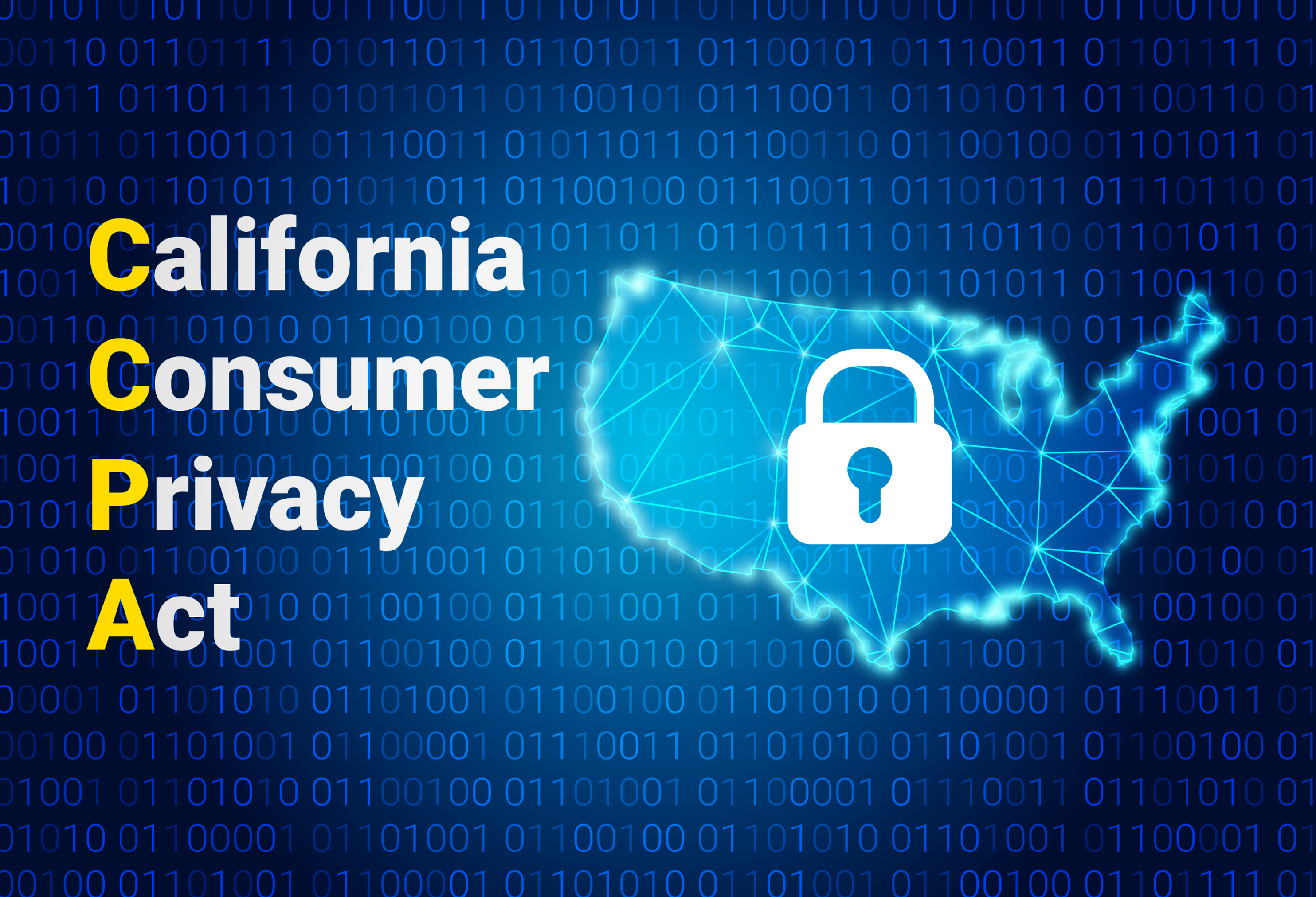It is evident that a company must invest in its privacy
practices to meet legal requirements if it wants to avoid investigation costs
and potential civil penalties. But can investment
in privacy, data security, and data management bring benefits to the
organization beyond those of bare legal compliance? A recent Data
Privacy Benchmark Study by Cisco suggests that it can. According to the study, the organizations
surveyed realized healthy returns on their privacy spend. And interestingly, organizations with more
robust privacy programs generally got a better return on further investment. The survey is admittedly subjective and imprecise. For example, it simply asked survey
participants to estimate the value of the return they received on their investment
in privacy. Nevertheless, at the very
least the survey gives some valuable insight into some areas that organizations
believe investing in privacy and data management has broader benefits.
Operational
Efficiencies
Investments in privacy and data management can bring
operational efficiencies to an organization.
As a company grows, its data management practices must grow with
it. For example, a small organization
may be able to get along just fine with an ad hoc approach to data management that
is not formalized, documented, or systematic.
As the business and its data inventory grow, however, such informal
systems can become unwieldy and wildly inefficient. Yet inertia or a failure to prioritize can
lead to neglecting investment in privacy and data management. Therefore, renewed focus and investment in a
company’s data management practices can lead to less duplication, improved
workflows, and cost reductions. A
well-planned approach is also more scalable, so that the organization can
continue to reap the benefits of increased efficiency even as it continues to
grow.
Preventing &
Mitigating Data Security Incidents
Investments in privacy and data management can also help
companies avoid the costs associated with data breaches and other data security
incidents. Of course, investments in new
technologies can help an organization keep its data secure. But investment costs should go beyond technology
as well. Investments in training programs
can ensure that all employees know the content and importance of the company’s
privacy practices. Training can also help
employees avoid becoming victims of social engineering attacks that may
compromise company data systems. By
investing in training and technologies that will help to prevent data security
incidents, companies can save the costs of breach notification, customer ill
will, litigation, investigations, and fines.
Additionally, companies with robust privacy and data
security practices can more quickly and efficiently respond to and recover from
data security incidents should they occur.
An updated, comprehensive, and rehearsed incident recovery plan can help
a company avoid extensive revenue loss by quickly getting critical systems back
online after a data security incident. This
is truly a case where an ounce of prevention is worth a pound of cure and
continuing investment now can save a company countless dollars later.
Increased Sales
Privacy is becoming a key touchpoint with consumers. This is evident in Apple’s recent push to tout
the privacy features of its latest iPhone.
This benefit, however, is not limited to companies that look to market privacy
overtly. Both consumers and the law increasingly
demand that companies are transparent about their privacy practices. No company wants to disclose privacy
practices that show it is woefully behind its competitors or standard practices. A commitment to privacy, on the other hand,
is likely to result in better sales, brand recognition, and customer
loyalty.
Companies that act as vendors or service providers can also
benefit substantially from investments in privacy. Clients of these companies do not want to
risk their own reputations by engaging vendors or service providers with
questionable privacy practices. Due
diligence with respect to privacy and data security is increasingly becoming a
key part of vendor management. These
companies, therefore, must ensure that their privacy practices meet or exceed industry
standards, or else they risk losing key contracts and relationships with their
clients.
Here, investment in privacy certifications can play a key
role. Certifications such as EU-US and Swiss-US
Privacy Shield, APEC Cross-Border Privacy Rules (CBPR), and ISO/IEC 27001 or
ISO/IEC 27701 can serve as important proxies for signaling an organization’s
commitment to privacy. Investment in gaining
and maintaining such certifications can reduce transaction costs by giving potential
customers an easily and quickly recognizable sign that a company’s privacy and
data management practices are in line with industry standards and best practices.
Increased
Investment
Investing in privacy and data management can make an organization
more attractive for investment. Well
informed investors may scrutinize a public company’s privacy practices when
deciding whether to invest. The Securities
and Exchange Commission has issued
interpretive guidance on disclosure of cybersecurity risks and incidents, recognizing
that these subjects can materially affect investment decisions. Senators have introduced a bill
that would require publicly traded companies to disclose cybersecurity expertise
at the board level. In such an environment,
a public company that lags behind on its investments in privacy and data security
risks leaving investor money on the table.
Similarly, companies in the mergers and acquisitions
market should view investment in privacy and data security as essential to maximizing
the company’s value. Acquiring companies
are putting increased emphasis on the privacy practices of target companies in
due diligence. After all, no one wants
to purchase a company that is at risk of becoming a financial burden due to
costs associated with prior data breaches or sloppy data management practices. In addition, the more developed a company’s
data management practices are, the more cleanly the acquiring company can
integrate them into its own systems and operations. Simply put, organizations that have invested
the time and money to ensure their privacy practices are solid and up to date make
more enticing targets than those that have not.
Successful businesses are those that properly determine where
they should deploy their limited funds to get the best return on investment. Recent trends show that investment in privacy
and data security are an important part of that conversation.







